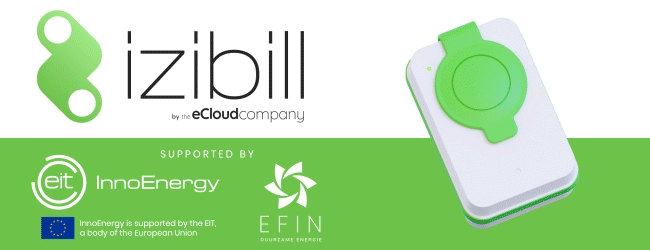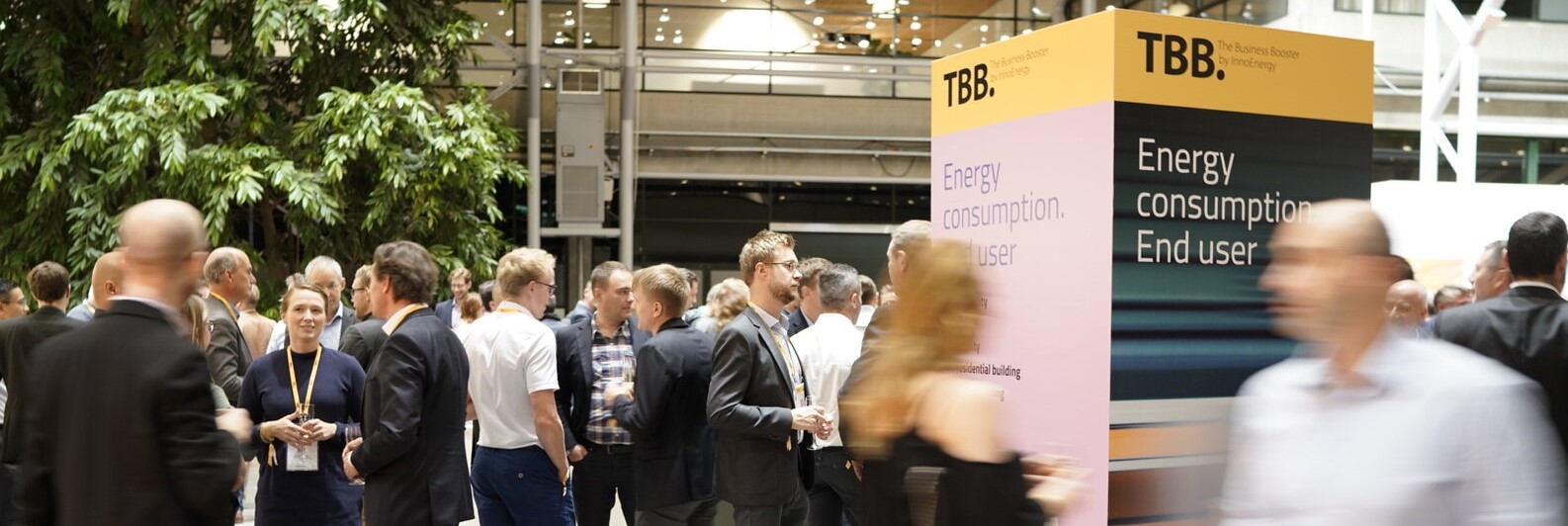The Izibox: turn every socket into a charging device, so you do not need a charging station!

For most drivers with an electric car, a charging station at home is not necessary at all: a regular socket is more than enough in most cases, according to the Belgian charging company The eCloud Company.
Instead of a charging station, the company advocates the pleasures of charging via a regular socket. “The cable to charge your car via the regular socket is often included with your new electric car and costs no more than 150 euros otherwise,” says Jacques Vermeulen, the technology director of The eCloud Company.
Charging via a regular socket is not fast: an average car battery gains 10 kilometers of range per hour. “With overnight charging, you can charge your car for 80 to 120 kilometers: more than enough for most people’s daily commute,” says Vermeulen. According to external analysts, this solution may suffice for people who drive no more than 20,000 kilometers annually.
To be reimbursed for the electricity used to charge a company car, The eCloud Company, together with the Leuven-based Imec, developed a small white box, the Izibox. It is placed between the plug and the socket and records the amount of electricity consumed. The data is then transferred to an app for billing. Additionally, the system includes green stickers with an RFID chip that communicates with the Izibox. Vermeulen adds, “This way, you can also charge at your parents’, your partner’s, or colleagues’ places and they get paid for the electricity.”
In the next phase, Vermeulen plans to introduce the Izibox in neighboring countries outside Belgium. In the development roadmap it is planned that the Izibox should be ready for bidirectional charging, where the full car battery can supply power to the grid during peak times. Exciting times ahead for this sympathetic innovation making adoption of electrical cars just that little bit easier!
Article based on earlier posted article in “De Tijd”

